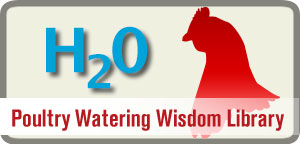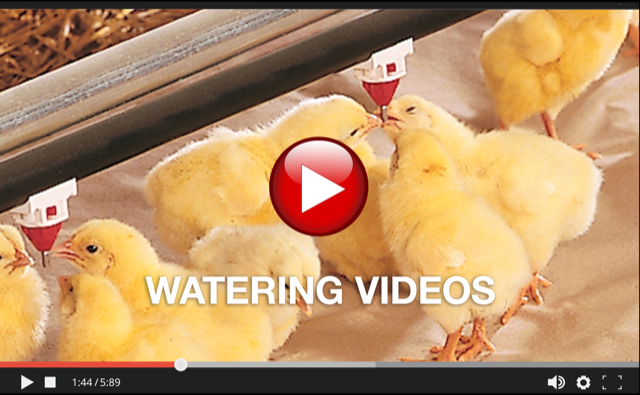Respiratory disease is a serious threat to the poultry industry. Each year, it determines for many producers the difference between making a profit and suffering a loss.
If the birds are showing signs of infection, a producer may respond with medication. But all too often, the birds with respiratory disease exhibit no signs of infection other than underperformance.
Respiratory disease is not a single virus or bacteria; it generally is a complex of both, making prevention and treatment more complicated. Even though farmers are vaccinating most flocks, respiratory lesions still turn up at slaughter on a regular basis; and these defects hurt weight gain and carcass quality.
The primary culprit in respiratory disease is ammonia, which is a result of moisture reacting with poultry droppings in the litter. Ammonia destroys the cilia (hair like projects that trap dust and other particles) in the chicken’s trachea. This leads to erosion of the tracheal lining. The irritated tracheal lining is more susceptible to infection by viruses or bacteria, and this can cause additional destruction of the trachea. Finally, E. coli bacteria from the litter can get into the trachea and result in airsacculitis.
The basic way to control ammonia is keep the litter dry and remove ammonia with ventilation.
Because of its makeup, litter in a poultry house will always contain a certain amount of moisture, most of which comes from the birds themselves. Birds retain only about 30 percent of the water they drink. About 20 percent goes into the air as the birds exhale, and they excrete the remaining 50 percent in their feces.
While some moisture in the litter is inevitable, farmers should strive to keep the litter friable which means a moisture content between 20 to 25 percent. In order to achieve this, several management actions are required:
• Preventive Drinker maintenance. A regular program of high pressure system flushing will help to remove biofilm and sediment from the watering lines that can cause drinkers to leak. Overuse of acidifiers to disinfect the lines can also corrode drinker parts and cause drinker breakdown and leakage. Instead, Ziggity recommends using a hydrogen peroxide-based cleaner to scrub the interior of the water pipes and clear out biofilm and its resident bacteria.
• Have adequate ventilation, summer and winter. In warm weather, it makes sense to ventilate the poultry house. The air movement keeps the birds cooler while removing moisture from the barn. In cooler weather, you’ll need to heat the house, not only to protect the birds from cold, but also to continue the evaporation process. Too often, farmers will attempt to save money by cutting back on heating. Research by poultry scientists shows, however, that the money saved on fuel is far outweighed by the money lost on underperforming birds as a result of elevated litter moisture and ammonia levels.
• Maintain correct pressure settings for the watering system. During the drinking process, birds can only retain a certain amount of water in their beaks. If more water discharges from the drinker than what the bird can retain in its beak, the oversupply spills onto the litter. The key to achieving the correct pressure settings for your system is to take litter readings and strive for friable litter.
Many farmers use their watering system to vaccinate their flocks against respiratory disease. If you do, it is a good procedure to flush the water lines about 24 hours prior to vaccination to remove any biofilm and sediment in the lines. Then, immediately after the vaccination, flush the lines again. This will remove any nutrients in the lines left over from the stock vaccine solution that can help sustain bacteria and biofilm.












